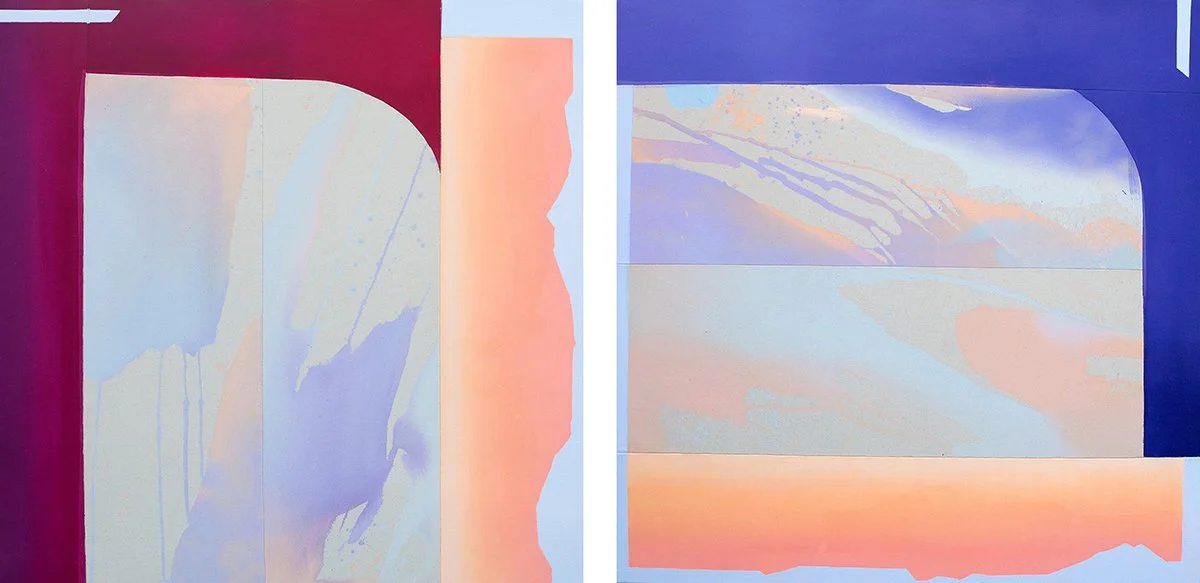This March in Denver, the Month of Printmaking, or Mo’Print, will celebrate all things printmaking with over eighty events and sixty exhibitions dedicated to educating the community and showcasing artists across Colorado. Laura Miller speaks with the co-chairs for the event, Jennifer Ghormley and Emily Moyer, to learn more about Mo’Print, and how the event makes printmaking more accessible for aspiring artists and collectors.
Welcome to DARIA: Denver Art Review, Inquiry, and Analysis, a publication devoted to art writing and criticism focused on the Denver-area visual art scene. DARIA seeks to promote diverse voices and artists while fostering critical dialogue around art.







![]MARGINS[](https://images.squarespace-cdn.com/content/v1/5dade78ef3de04278ab5b4e8/1706556791874-RM7RABP1MHJ4GM9S100G/orimo_notes45+%281%29.jpg)













